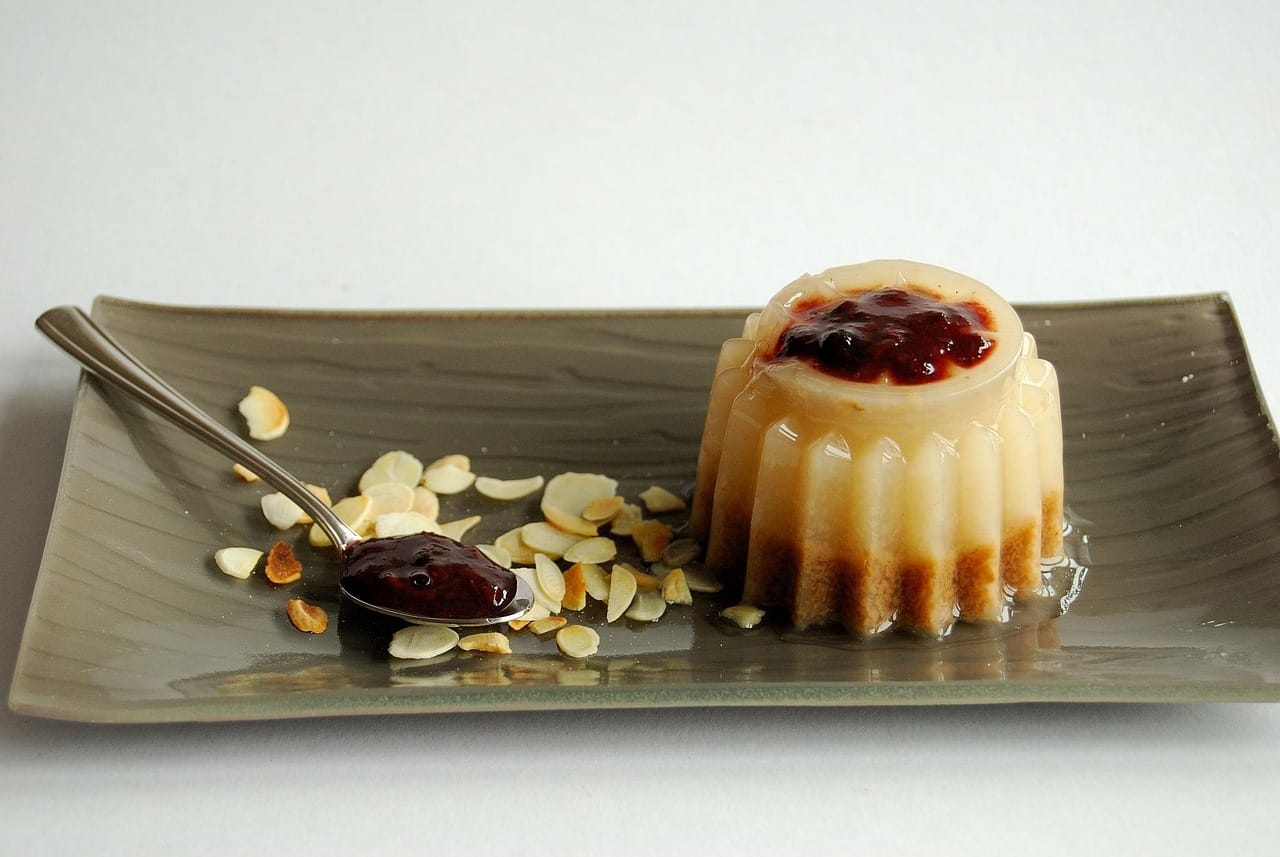Craving a quick, delicious, and protein-packed lunch? Look no further than the humble yet mighty tuna salad! This versatile dish can be a simple sandwich filling, a satisfying topping for crackers, or even a standalone meal. But beyond its convenience, tuna salad offers a wealth of flavor combinations and nutritional benefits. This guide will explore everything you need to know about creating the perfect tuna salad, from choosing the right tuna to customizing it with delicious additions. Let’s dive in!
Choosing the Right Tuna
Types of Tuna
The foundation of any great tuna salad is, of course, the tuna itself. Understanding the different types available is crucial for achieving your desired taste and texture.
- Albacore Tuna: Known for its firm texture and mild flavor, albacore is typically white meat and often considered a higher-quality option. It’s a good choice for those who prefer a less “fishy” taste.
- Skipjack Tuna: This is the most common type found in canned tuna. It has a stronger, more pronounced flavor and a softer texture. Skipjack is often the more affordable option.
- Yellowfin Tuna: Usually found fresh or frozen, yellowfin can be used in seared tuna steaks but also works in tuna salad if properly cooked and flaked.
Actionable Takeaway: Experiment with both albacore and skipjack to find your preferred taste and texture profile for tuna salad.
Packed in Oil vs. Water
Another important consideration is whether the tuna is packed in oil or water.
- Oil-Packed Tuna: Offers a richer flavor and moister texture. Opt for tuna packed in olive oil for added health benefits. Be mindful of the added calories and fat content.
- Water-Packed Tuna: A lower-calorie option, allowing the flavor of the tuna itself to shine through. It’s important to drain it well to avoid a watery salad.
Example: If you’re watching your calorie intake, water-packed tuna is the better choice. However, a tablespoon of olive oil added to water-packed tuna can mimic the richness of oil-packed.
Actionable Takeaway: Consider your dietary needs and flavor preferences when choosing between oil-packed and water-packed tuna.
Sustainability Considerations
When purchasing tuna, it’s important to consider sustainability. Look for tuna that is pole-and-line caught or certified by organizations like the Marine Stewardship Council (MSC). These methods minimize bycatch and help protect tuna populations.
Example: Many brands now clearly label their tuna as sustainably sourced. Look for these certifications on the packaging.
Building the Perfect Base
Mayonnaise: The Classic Choice
Mayonnaise is the traditional binder for tuna salad, providing creaminess and flavor. However, there are many options available to suit different tastes and dietary needs.
- Traditional Mayonnaise: Provides a rich and tangy flavor.
- Light Mayonnaise: A lower-calorie option that still delivers creaminess.
- Avocado Oil Mayonnaise: Offers a healthier alternative with a milder flavor.
- Vegan Mayonnaise: Made from plant-based ingredients, perfect for vegan or vegetarian diets.
Tip: Start with a small amount of mayonnaise and add more gradually until you reach your desired consistency. Overdoing it can result in a soggy salad.
Alternatives to Mayonnaise
If you’re not a fan of mayonnaise, or are looking for a healthier alternative, there are several other options:
- Greek Yogurt: Adds tanginess and protein while reducing fat.
- Avocado: Mashed avocado provides a creamy texture and healthy fats.
- Hummus: Contributes a unique flavor and texture.
Example: Try combining half mayonnaise and half Greek yogurt for a lighter and tangier tuna salad.
Actionable Takeaway: Don’t be afraid to experiment with different binders to create a tuna salad that suits your palate.
Essential Additions
Beyond mayonnaise, several key ingredients contribute to the overall flavor and texture of tuna salad:
- Celery: Adds crunch and a subtle savory flavor. Dice finely for best results.
- Onion: Provides sharpness and depth of flavor. Red onion, white onion, or even scallions can be used.
- Lemon Juice: Brightens the flavors and prevents the tuna salad from becoming too heavy.
- Salt and Pepper: Season to taste, adjusting as needed.
Tip: Soak diced red onion in cold water for 10 minutes before adding it to the tuna salad to reduce its sharpness.
Flavor Variations and Customizations
Adding Crunch and Texture
Beyond celery, there are many ways to add extra crunch and texture to your tuna salad:
- Diced Pickles or Relish: Adds tanginess and crunch.
- Water Chestnuts: Provides a unique, subtle crunch.
- Sunflower Seeds: Offer a nutty flavor and satisfying crunch.
- Toasted Almonds: Adds a sophisticated flavor and texture.
Example: A spoonful of sweet pickle relish can transform a basic tuna salad into a flavor explosion.
Exploring Flavor Profiles
Tuna salad is a blank canvas for culinary creativity. Consider these flavor variations:
- Spicy Tuna Salad: Add sriracha, chili flakes, or chopped jalapeños for heat.
- Mediterranean Tuna Salad: Incorporate Kalamata olives, sun-dried tomatoes, and feta cheese.
- Curry Tuna Salad: Mix in curry powder, raisins, and chopped apple for a sweet and savory twist.
- Dill Tuna Salad: Fresh dill, cucumber and a squeeze of lemon is refreshing and tasty.
Actionable Takeaway: Get creative and experiment with different flavor combinations to create your signature tuna salad recipe.
Adding Protein and Healthy Fats
Boost the nutritional value of your tuna salad by adding these ingredients:
- Hard-Boiled Eggs: Provides additional protein and creaminess.
- Avocado: Adds healthy fats and a creamy texture.
- Chopped Nuts: Offers healthy fats, protein, and crunch.
Tip: A sprinkle of everything bagel seasoning can elevate any tuna salad, adding flavor and texture.
Serving Suggestions and Storage
Serving Ideas
Tuna salad is incredibly versatile and can be enjoyed in many ways:
- Sandwiches: The classic choice, perfect on bread, croissants, or bagels.
- Crackers: A simple and satisfying snack.
- Lettuce Wraps: A low-carb option.
- Stuffed Avocado: A healthy and visually appealing meal.
- On Top of Salad: Elevate a basic green salad with a scoop of tuna salad.
Example: Serve tuna salad on toasted sourdough bread with sliced tomato and lettuce for a delicious and satisfying sandwich.
Storage Tips
To ensure food safety, store tuna salad properly:
- Refrigerate Immediately: Store tuna salad in an airtight container in the refrigerator as soon as possible after preparation.
- Consume Within 3-4 Days: Tuna salad is best consumed within 3-4 days to maintain its quality and prevent bacterial growth.
- Do Not Freeze: Freezing tuna salad is not recommended as it can alter the texture and flavor.
Actionable Takeaway: Always refrigerate tuna salad promptly and consume it within a few days to ensure food safety and optimal taste.
Conclusion
Tuna salad is more than just a simple lunch option; it’s a versatile and customizable dish that can be tailored to your individual tastes and dietary needs. By understanding the different types of tuna, experimenting with flavor combinations, and prioritizing food safety, you can create a tuna salad that is both delicious and nutritious. So, grab your ingredients and start experimenting – your perfect tuna salad awaits!




